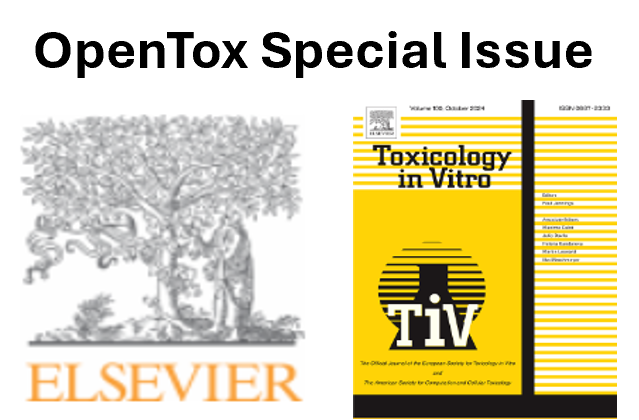A Tiered Testing Strategy for PBK Modelling: An Investigation of the Effect of Data Reliability and Quality on Model Performance
Hiba Khalidi1, Barira Islam1, Anna-Karin Sternbeck2, Edgars Liepiņš3, Helen Hammer4, Sylvia Esher5 and Iain Gardner1
1Certara, Simcyp® Division, Sheffield, United Kingdom, 2RISE Research Institutes of Sweden, Södertälje, Sweden, 3Latvian Institute of Organic Synthesis, Riga, Latvia, 4Signatope GmbH, Reutlingen, Germany, 5Fraunhofer ITEM, Hanover, Germany
The main inputs used to parameterise PBK models in RH3R are physicochemical properties, permeability, solubility, plasma binding, and elimination parameters of a compound. To enhance the efficiency and comprehensiveness of PBK modelling, we have developed a tiered workflow based on case studies in WP4. Tier 0 relies on in silico predictions from QSAR models as inputs for the PBK models while Tier 1 suggests refinement of the models using in vitro measured values as input parameters.
Individual PBK models for compounds were made in WP4 using in silico and in vitro data and performance of the models were assessed by comparing predicted Cmax, AUC and Tmax with the respective in vivo data. The models built using S+ ADMET predictor overpredicted clearance even for pharmaceutical compounds that could be in the training dataset such as caffeine, carbamazepine, carbazeran, cetirizine, cyclophosphamide, montelukast and warfarin. This led to an underprediction of Cmax and/or AUC, indicating that clearance predictions from QSAR-based models should be used cautiously in risk assessment.
IVIVE using in vitro clearance data either predicted within range or underpredicted the clearance for the 20 CS compounds. There was a general trend for the in vitro systems to underpredict clearance and a similar finding is often reported in the literature. In terms of risk assessment, underprediction of clearance/over prediction of chemical concentration in the body is conservative and provides additional protection to the exposed population. The rate of metabolism observed in the hepatocytes of the RH3R project were slower than observed in the EU-Toxrisk project when the same compounds were directly compared. This highlights differences in hepatocyte lots/assay conditions as one major source of variability.
The analysis showed that predicted Cmax and AUC are within the range of in vivo data when absorption parameters and hepatic clearance are accurately predicted, and renal clearance is accounted for in the PBK model. In general, there was more uncertainty in parameters such as fraction unbound in plasma for highly lipophilic compounds and the predictions are sensitive to this parameter when binding is high (fraction unbound low). The tiered approach presented in the poster aims to improve the robustness and reliability of PBK models for risk assessment.

